How and what to heat the bath properly?
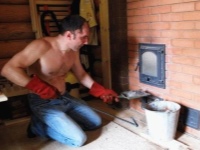
About how to properly heat the bath, every fan of light steam can write a treatise, and arguments about what kind of wood is better, and even the true experts can cause a serious debate. In fact, even a beginner can easily cope with this task, if he pays some attention to questions of theory, will not rush and properly prepare the room for future use. To get a better understanding of how to heat a metal or other stove, to find out why it smokes, it is worth going a little deeper into the issues of bath art.
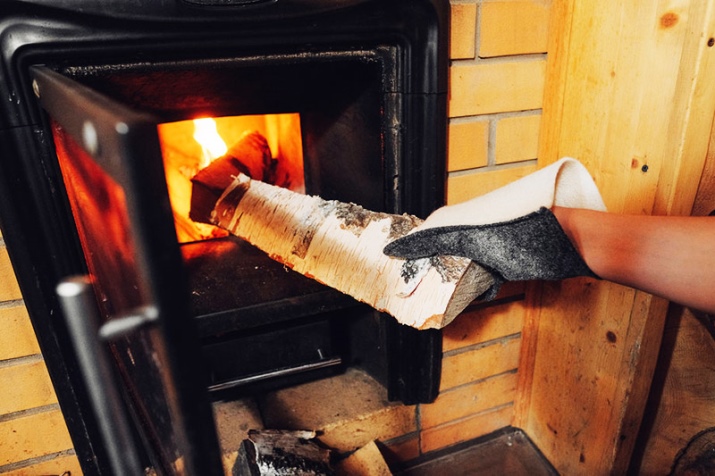
General rules
The art of correctly melting the Russian bath is not available to every owner of the steam room. Everything matters here: the temperature, the time of burning raw materials. Even to kindle the wood in the stove you also need to know how to do it. However, it all begins with a thorough preparation of the room. From his space removed all the objects that are not directly related to the process of steaming and washing.
Performed first dry and then wet cleaning of the room. Shelves, walls, ceiling are washed with a brush and antiseptic solution. When this procedure is completed, the doors and windows are opened and thoroughly ventilated. This is to ensure that the rising temperature in the bathing space does not create a favorable environment for the spread of pathogenic microflora.
Once the rooms are properly aired, it is time to fire up. Here are general recommendations that are relevant to all types of stoves. In general, the procedure includes a few traditional items.
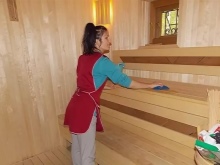
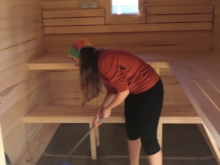
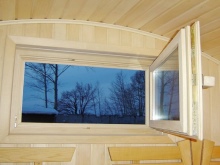
- Preparation of the stove. Clean the grate and the ash pan with a special metal scoop with a long handle. Unburned coals should be unloaded into any convenient container. Then use the ashes as a fertilizer or dispose of in any convenient way.
- Preparation of firewood. They need to be brought into the room of the bath, put at a sufficient distance from the furnace to avoid accidental exposure to sparks.
- Preparation of stones. With a closed type of sauna heater, only rinsing the surface of the sauna heater from soot deposits is possible. With an open sauna heater the stones are washed before each use. Warm water should be taken.
- Check the water tank (if any). It is important to make sure that there is enough liquid inside. If the boiler turns out to be empty, the metal will simply burst when heated vigorously. For washing and rinsing in baths without plumbing, prepare a reserve of water in a separate clean container.
- Preparing for firing. The room of the steam room is closed, the sliders, the flaps of the chimney, the ash-pan and the firebox are extended and opened. Next, you must check the presence of draft with a lit match - the flame should follow the air currents. If this does not happen, the chimney is clogged, and it needs cleaning. It is necessary to use a special cable-cleaner, which allows you to remove the soot.
- Starting the fire. Two non-thick logs are placed in the furnace over the grates, between them there is crumpled newsprint, on top of it there is finely cut birch bark, wood chips or shavings. A few more logs are added on top of it diagonally to fix the resulting structure, with a small gap. A kind of "well" with a dry and light filler inside should turn out.
- Lighting the fire. If you have no experience, it is worth using long fireplace matches. They are lit and brought to the paper inside the firebox. It is categorically forbidden to use any chemical liquids for kindling in bath stoves. If the wood is raw, it is acceptable to put a tablet of dry alcohol inside the kindling "well". After igniting the paper, you need to wait a little and then close the firebox door.
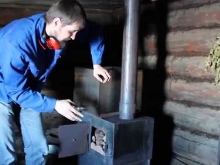
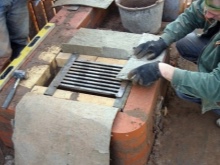
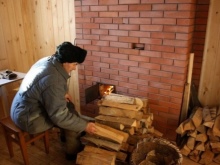
If everything is done correctly, after a few minutes the fire will engulf the wood. Burning will be accompanied by a characteristic measured humming. If the flame goes out, you will have to repeat the action. The underflame door should be half-open after the flame is lit, allowing air to flow in. Then, if there is a water tank in the structure, its vent is opened, and in the underflame tube is closed - it is necessary so that the contents of the container is heated.
In 5-10 minutes after kindling the kindling wood and coals are flattened, and the firewood is piled on top of it, filling no more than 2/3 of the firebox.
In summer time you have to keep the fire for 2-3 hours, in winter time it is twice as long.
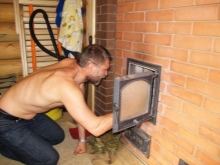
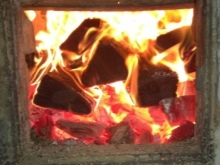
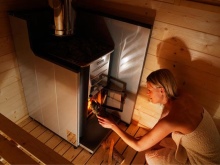
When the fuel is completely burned, the coals become red, covered with gray ash, the flames do not have blue tongues (signs of the presence of carbon monoxide in the chamber), you can finish the procedure. Make sure that the desired temperature is reached in the steam room and that the stones in the stove are hot. After this you can open the shutters and at the same time close the ash-pan. In this case, the furnace remains closed.
After all the burning processes are completed, the sauna must be thoroughly aired out from dampness by opening the doors and windows. Rinse the stones with water from a ladle. This is necessary to remove traces of soot. Then close the windows and doors, except for the window in the steam room. After 1-2 hours you can start using the sauna.
Failure to follow the rules of heating the sauna stove can lead to very negative consequences. Instead of light steam will become heavy, overheating can get heat stroke, too early closing of the damper will lead to the release of carbon monoxide into the atmosphere.
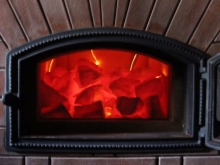
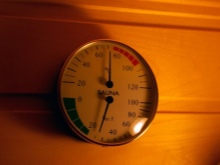
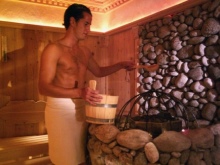
What's the best fuel?
The choice of fuel is a serious task that every sauna owner has to face. The availability of raw materials to put in the stove varies from region to region. In the south, firewood is unreasonably expensive, in the north it is almost impossible to get pellets or briquettes. Some regions prefer birch wood, others prefer oak or alder. To understand the problem will help a detailed overview of all possible options.
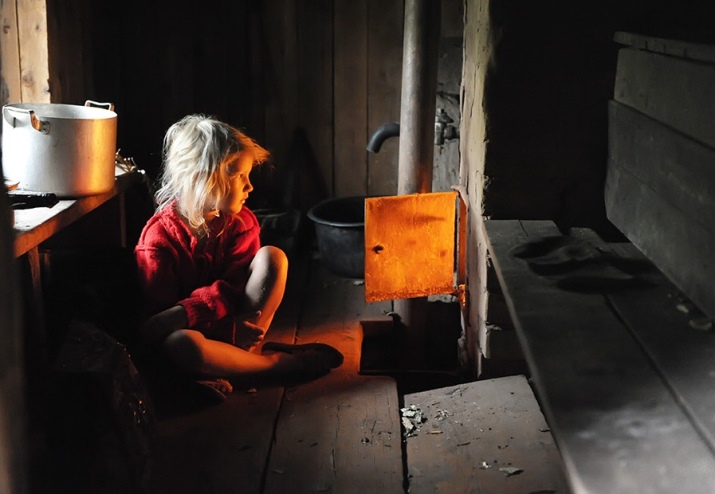
Firewood
The best choice of fuel for a sauna stove is traditionally considered firewood. They are obtained by splitting or sawing tree trunks, taking into account the standard dimensions of the furnace. Firewood has many advantages: affordable price, good heat transfer, even burning. Unlike other types of fuel they do not create the threat of an explosion because of the accumulation of gases, it is easy to bookmark in the furnace. However, not all types of wood are equally useful.
Depending on the region the material for firewood is different species of wood. Each of them has different characteristics, different calorific value and density. On these indicators depends on the consumption of the material needed to heat the bath. The most popular are considered several options.
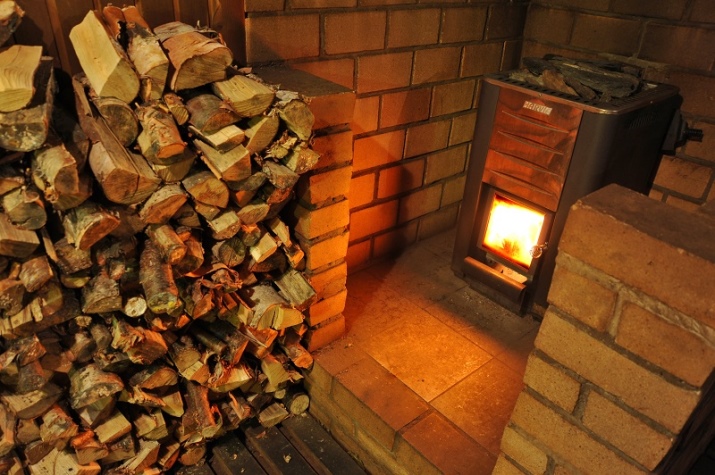
- Birch. The most common option, available everywhere in Russia. Birch firewood is quite dense and hard, gives a good heat, and is not difficult to burn. When they burn, substances that have a pleasant aroma and antibacterial properties are emitted into the atmosphere.
Choosing birch for heating the bath, it is important to monitor the degree of humidity of the material and air access to the stove, if you do not follow the recommendations, will begin to release tar, there will be smoke.
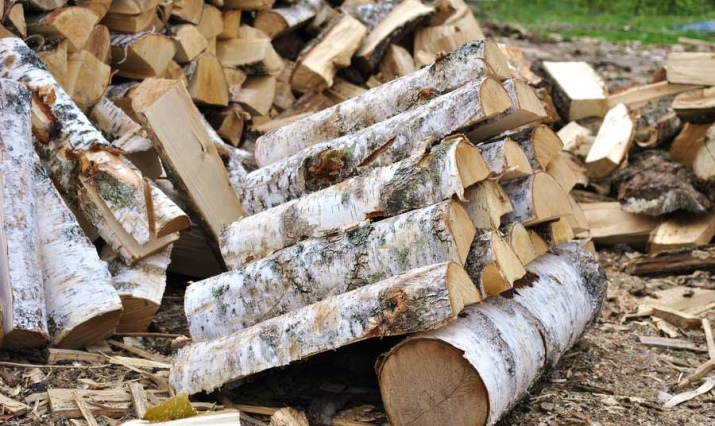
- Pine. Like other conifers, such as spruce, thuja, such firewood is not too suitable for use in the bath because of the intense release of tar. When they burn, they leave a residue on the chimney, requiring cleaning.
In limited quantities, in extreme circumstances, their use is acceptable, but you should not constantly use coniferous wood for kindling.
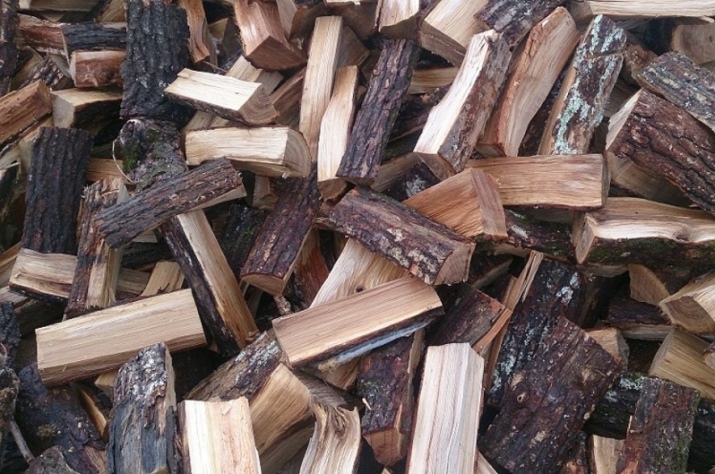
- Alder. They are inferior to birch in their calorific value, but superior to spruce, pine, and poplar.
Alder firewood burns rather quickly, but gives enough energy to heat and build up the temperature in the steam room.
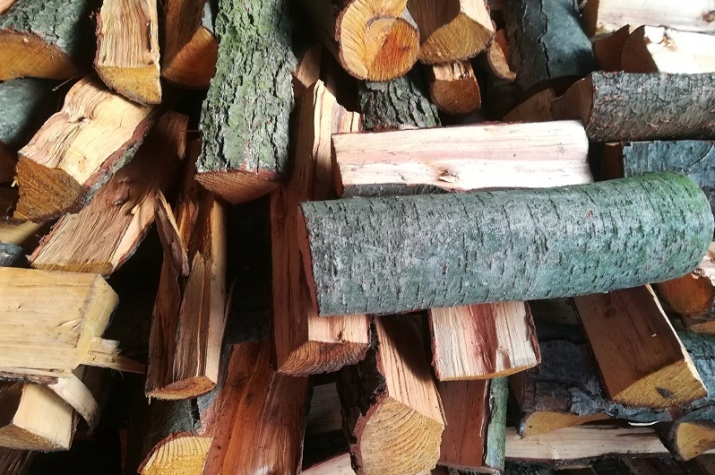
- Acacia firewood. In terms of their performance, these firewood corresponds to other hardwoods.
They have excellent calorific value, burn slowly, providing long-term maintenance of the desired temperature in the furnace.
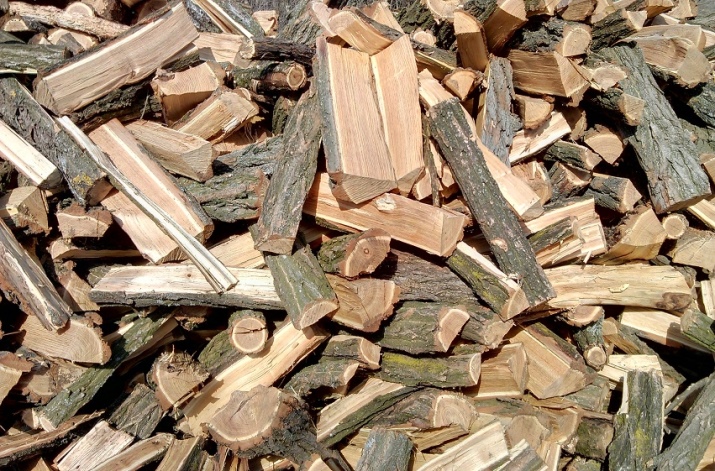
- Aspen. Low-density wood that burns easily and fairly quickly. Its specific heat value is low, but the material does not emit resins and leaves a minimal amount of ash.
Similar characteristics to aspen have linden and poplar.
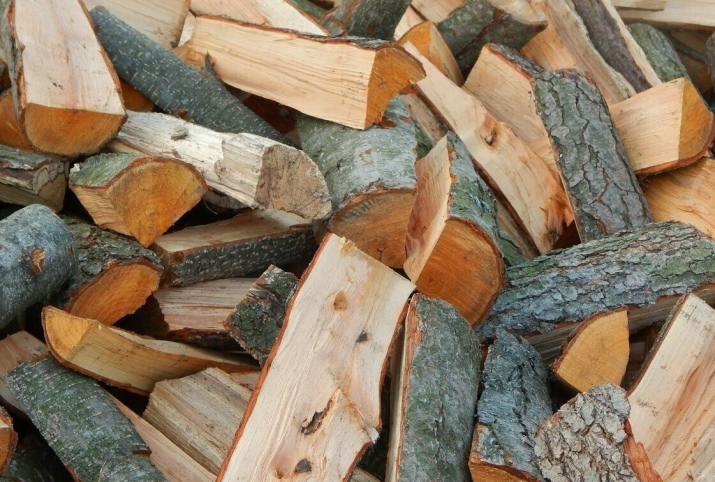
Among the species that are considered rare, you can note the hornbeam and oak. They have high calorific values, which reduces the amount of fuel burned. But the purchase of such material requires a lot of money. For kindling, too damp firewood is not suitable. The wood should go through the drying stage and have humidity no higher than 20%, regardless of its variety.
When making firewood on your own, you need to choose the right time period for this. The optimal season is from February to March, after which the logs are sent to dry until late fall. This period is not chosen by chance. It makes it easy to distinguish rotten wood from good wood: the right firewood has a ringing, clear sound.
When choosing raw materials, do not consider knotted options - they burn unevenly.

Pellets
Compressed into pellets sawdust - pellets - have managed to gain popularity among private homeowners. Pellets are twice as dense, have high heat capacity, are well suited for maintaining the desired temperature in the rooms of the bath for a long time.
Stoves for the use of such fuel have a special two-chamber design, which provides additional afterburning of the released gases. The efficiency of such units is much higher than that of conventional wood-fired ones.
Their only significant disadvantage is the high cost, which requires an initial investment.
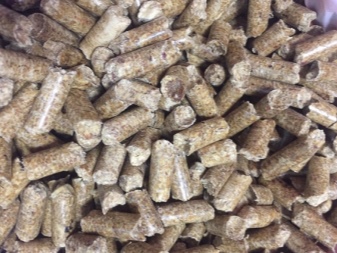
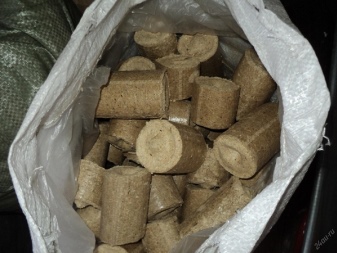
Briquettes
Fuel briquettes - an alternative option for maintaining heat in the sauna stove. This type of material is also known as "Eurofuel", which generally indicates its suitability for this purpose. Briquettes are produced as compressed blocks of sawdust, shavings, grass stalks, grain husks and other agricultural waste. All the particles are joined together by natural resins or a special organic-based glue.
This type of fuel has the following advantages:
- twice the heat output (in comparison with firewood);
- uniform strength of heating throughout the combustion;
- absence of tarry emissions;
- low humidity - in the range of 5-8%;
- economical consumption;
- minimum volume of waste for cleaning;
- no sparks, no heavy smoke;
- safety and environmental friendliness;
- ease of storage, warehousing, and firing.
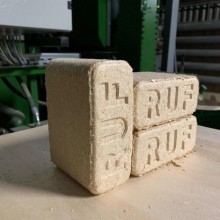
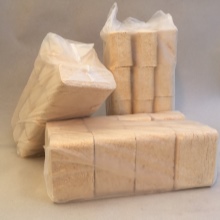
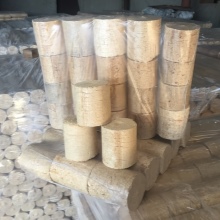
Fuel briquettes are good where there is no possibility to cut firewood yourself, there are no options for their storage. There is an opinion that this fuel is not suitable for steel stoves because of the high temperature of heating - the body of the structure is able to deform under its influence. With cast-iron furnaces, such problems do not arise.
At its cost, "Eurofuel" - also not the most economical option.
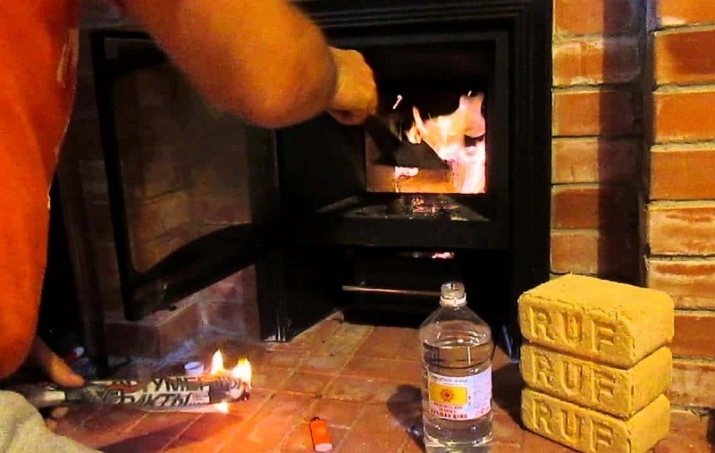
Coal
This type of fuel is very popular in the southern regions, where there are certain problems with the purchase of firewood due to the lack of forests. Indeed, when heating a house, this option demonstrates its best qualities: rapid heat build-up and slow smoldering. In the bathhouse, coal will not give the necessary heating of the room, quickly burn through. This option is definitely not suitable for achieving and maintaining high temperatures in the rooms.
Not suitable for kindling and maintaining heat and another popular option for gardeners: waste oil. In addition to hazardous chemical compounds emitted during its combustion, the use of such fuel in the sauna stove can easily lead to an explosion and fire.
This result of "economy" can hardly be considered a good choice.
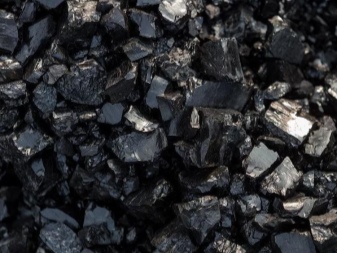
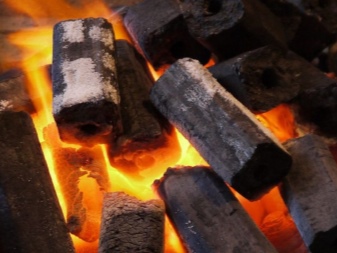
Instructions for heating the stove
There are certain subtleties of kindling, typical for certain types of stoves. They must be taken into account if you want to get a light steam and a comfortable temperature.
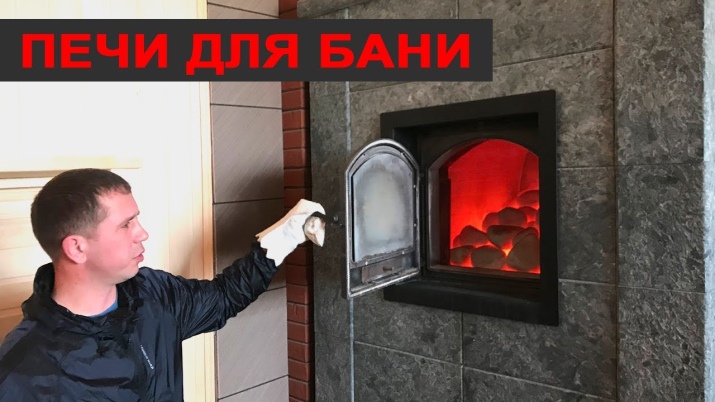
Metal
In an iron (cast iron, steel) sauna stove always uses a straight-through method of gas and smoke removal. In the process of burning wood it is necessary to regulate the draft with the help of a damper on the chimney or an ash pan. Such a stove should be heated starting with a match and newspaper, then placing thicker wood. The level of opening of the ash-pan is adjusted based on the color of the flame: if it is red, the air supply is insufficient, white - excessive. It is necessary to add wood only after the previous batch has turned into coals.
A distinctive feature of metal stoves is the need for constant heating, keeping the mode of slow burning until the end of the wash. The flap does not close even after a full heating.
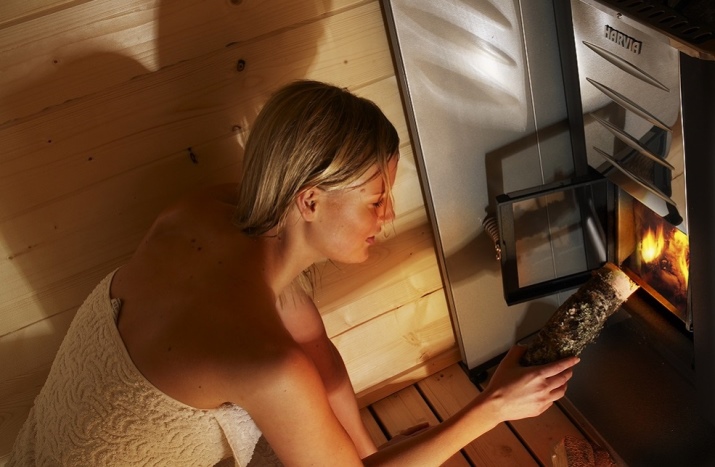
Stone
Masonry furnace made of stones allows you to vary the temperature range in the bath, creating climatic conditions, as in the hammam, Russian steam room, sauna. From a single ignition and kindling temperature is maintained up to 12 hours due to the high heat capacity of construction.
Reaching a very high temperature, such a furnace gives away the heat slowly, forming a kind of thermos effect.
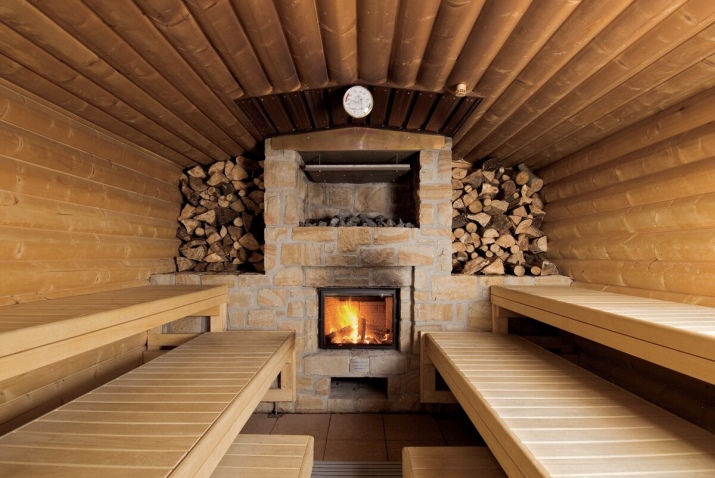
Brick
Stoves made of bricks are usually heated "white". They are built so that the stones do not touch the fire. This allows for the possibility of continuous maintenance of combustion for a long time. For it is obligatory to preheat for 1.5-2 hours, then to insist for the same period of time. This will warm the bricks well, avoiding their deformation - the optimum temperature is about 650 degrees to burn soot, and then already continue to put wood in any comfortable mode.
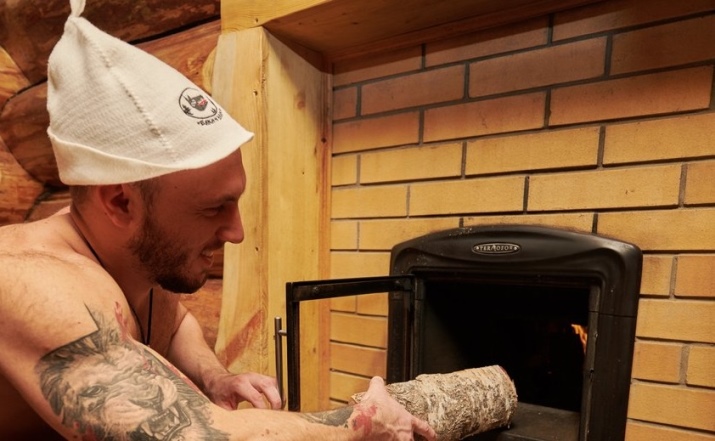
How to stoke "black"?
Furnace of the bath the black way implies a special structure of the room itself. There is no chimney, and the products of combustion are removed through the window and door. Dry birch wood is used for firing. The procedure will consist of several steps.
- The first laying. It is enough for 1,5-2 hours of burning. It is not necessary to stuff the firebox tightly - it is enough to leave gaps between the wood. During this period, doors, windows, ventilation gaps in the walls are opened.
- The second laying. It burns through in about 60 minutes. When putting firewood into the firebox, you need to duck lower so as not to be poisoned by the smoke. The red coals left at the end are stirred with the poker.
- Warming up the sauna, release the carbon monoxide. At this stage, the door and window are closed, the ventilation gaps remain open. After waiting for the moment when coals are covered with white ashes, you can close the damper. Next, all the internal surfaces of the bath are washed. All the gaps are closed.
After another 15-20 minutes, the black sauna is ready to receive people.
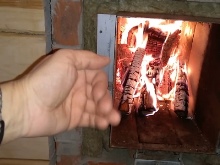
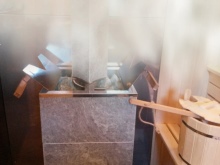
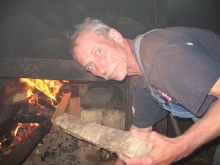
Why Smoke?
The appearance of abundant smoke in the bath can be associated with various violations of the rules of its firing. Most often the cause is a bad draft, caused by mechanical clogging or contamination of the chimney with combustion products. In addition, if the furnace and stove have not been used for a long time, it may take some time to warm up and dry the surface. In some cases, it is necessary to place an improvised flare in the chimney duct. As soon as the condensate evaporates, the draught is restored.
And also the problem can be in the wrong choice of fuel material or its low quality. Dried wood and briquettes give off abundant smoke.
It is necessary to take care that during storage they remain dry.
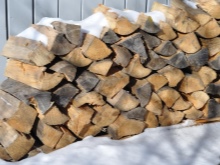
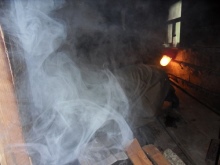
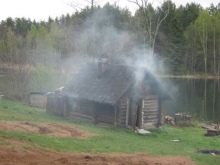
You can learn about how to quickly and easily heat a bathhouse from the video below.




